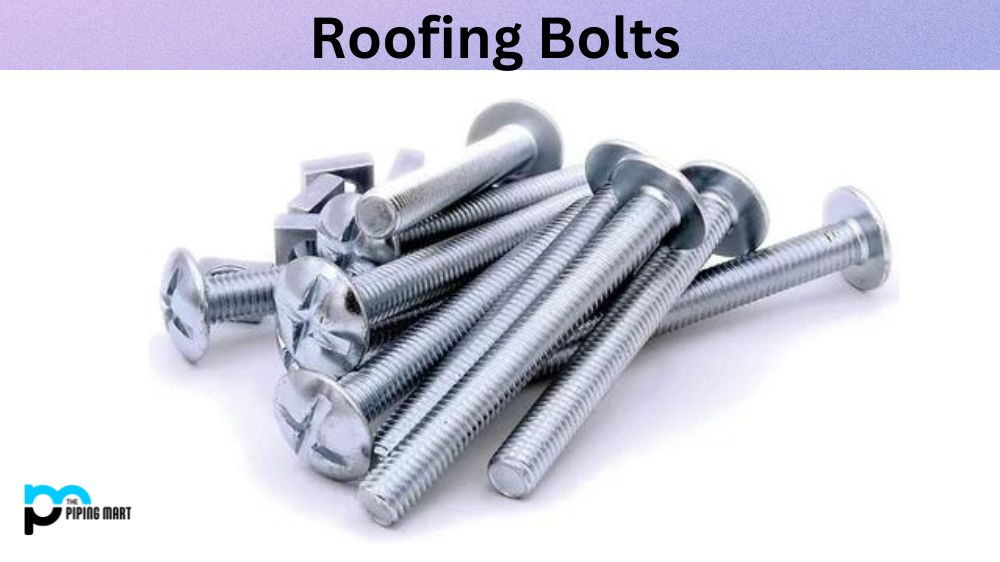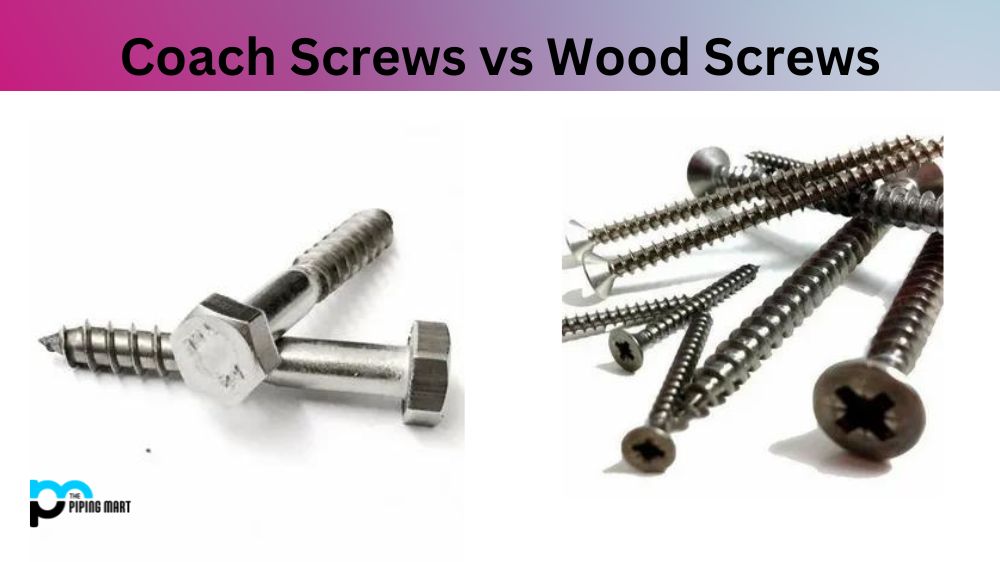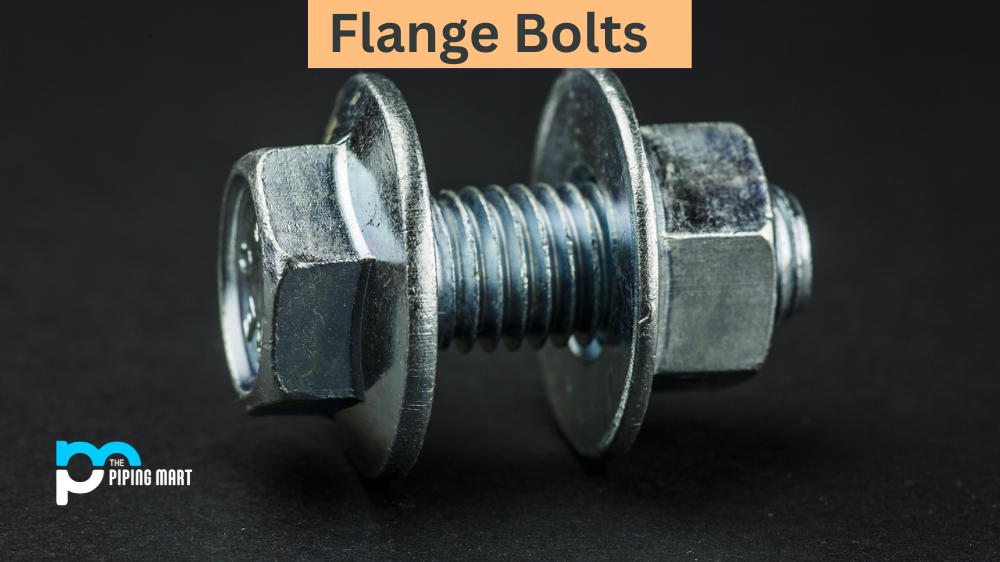If you’re planning to install a new roof, choosing the right bolts is important. Roofing bolts are an important component of any roofing system, and they come in different sizes and types to suit different roofing materials and designs. In this blog post, we’ll dive deep into the different types of roofing bolts and their uses to help you make an informed decision for your roofing project.
Types of Roofing Bolt
Hex Head Roofing Bolt:
The hex head roofing bolt is a popular roofing bolt with a hexagonal head and a threaded shank. It is typically used to secure roofing sheets, tiles, and slates. The hex head provides a secure grip that prevents the bolt from slipping during installation. Additionally, the hex head provides a neat finish that adds to the roof’s aesthetic appeal.
Mushroom Head Roofing Bolt:
Mushroom Head Roofing Bolt – The mushroom head roofing bolt is another popular type of roofing bolt with a mushroom-shaped head and a threaded shank. It is commonly used to secure corrugated roofing sheets. The mushroom head provides a larger surface area that spreads the load over a wider area, reducing the risk of damage to the roofing material. Additionally, the mushroom head provides a weatherproof seal that prevents water from entering the roof.
Winged Roofing Bolt:
The winged roofing bolt is a specialized type of roofing bolt with a pair of wings extending from the head. The wings secure roofing materials in place without additional fixings or clips. This type of roofing bolt is commonly used for lightweight roofing materials, such as polycarbonate sheets. The wings provide a secure grip that prevents the material from slipping or sliding during installation.
Hook Bolt:
The hook bolt is a unique roofing type with a hook-shaped head and a threaded shank. It is commonly used to secure roof trusses and other structural elements in place. The hook-shaped head provides an anchoring point that can be used to attach other fixtures and fittings. Additionally, the hook bolt can be used to secure electrical cables, pipes, and other components to the roof.
Self-Drilling Roofing Bolt:
The self-drilling roofing bolt is a modern type designed to self-drift into the roofing material. This type of roofing bolt is commonly used for metal roofing sheets and can save considerable time and effort during installation. The self-drilling feature eliminates pre-drilling, making the installation process faster and more efficient.
Conclusion:
In conclusion, choosing the right roofing bolt is crucial for the success of your roofing project. Each type of roofing bolt has unique features and benefits that make it suitable for different roofing materials and designs. We hope this guide has given you the information you need to decide on your roofing project. Remember, if you need help deciding which type of roofing bolt to use, it’s always best to consult a professional roofer or DIY expert to ensure your roof is secure and long-lasting.

Hey, I’m Krutik, a casual blogger expert in the metal industry. I am passionate about providing valuable information to my readers. With a background in engineering and construction, I like playing Cricket & watching Netflix shows in my free time. Thank you for visiting my blog, and I hope you find my information helpful!




